Powerful PPC Advertising Trends for 2022
Successful advertising isn’t a walk in the park (we wish). If you want your advertising efforts to pay off, you have to think and work smart. This is where PPC (pay-per-click) advertising enters the picture. Effective, powerful, and algorithm-savvy, mastering PPC advertising trends is your lottery ticket.
Whip up a smart strategy, and you’re in for impressive audience reach, a high number of clicks, and sweet conversions. Like SEO, PPC is demanding and unforgiving. You cannot come up with a fair-to-middling strategy and expect great results. PPC advertising success is contingent on stellar research, an audience-centric game plan, and seamless execution by a team of experts.
At Search Berg, we’re here to spill the beans today.
Let’s take a closer look at some of the most powerful PPC advertising trends that can shape up your sales and kick-start the right kind of business growth.
We’ll also touch upon effective PPC optimization strategies to help you dominate your industry with ads.
Are you with us? Let’s go!
Table of Contents
- Move Over Manual PPC, Hello Automation!
- Voice Search
- Tell a Story with Video Ads
- Explore Alternate PPC Platforms
- Ad Gamification
- Smart Segmentation
- First-Party Data
- It’s the Moment of Mobiles
- The Power of TikTok
- Smart Bidding
- Set Up a Date Between PPC and SEO
- Virtual Reality (VR) Ads
- Clever Conversion Tracking
- Test, Test, Test… and Test Again!
What is PPC Advertising?
We recently wrote a step-by-step blog on PPC marketing for small businesses.
The guide covers pretty much everything about PPC management.
If you’re short on time, we’ll offer a quick refresher here.
PPC advertising is a model that gives advertisers the freedom to pay for ads only when they’re clicked.
It’s a more cost-effective, smart, and efficient way to advertise in 2022.
Why?
You’re only paying for clicks, not impressions (ad views).
Here’s why this matters.
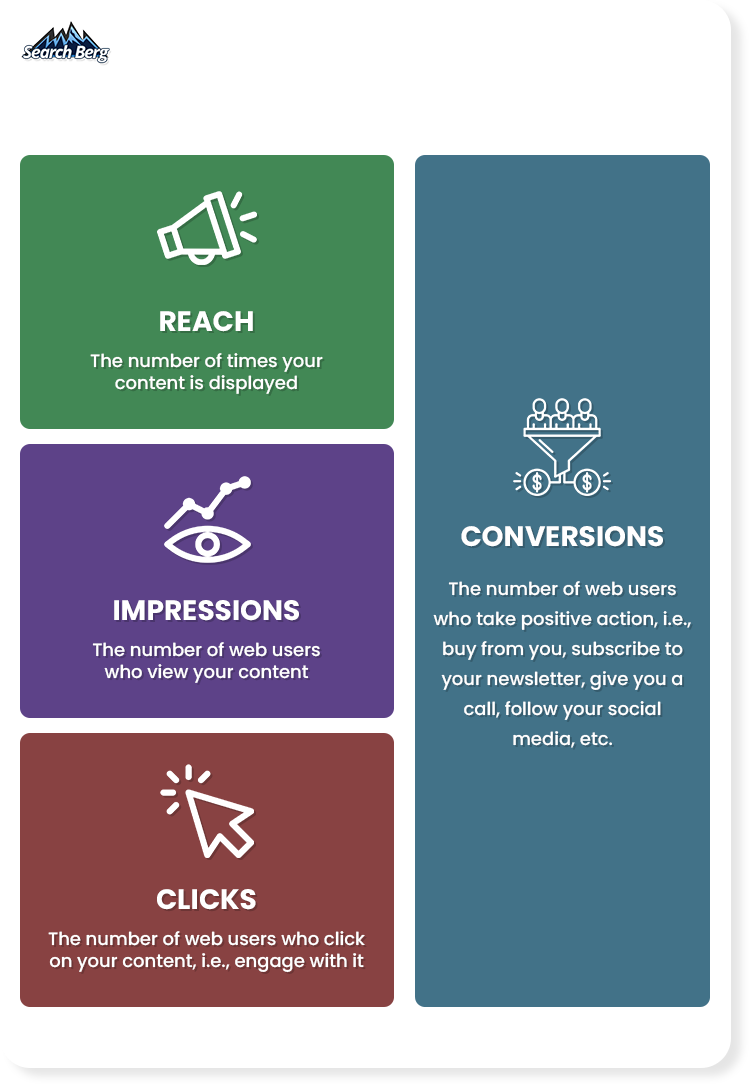
While reach and impressions are great, they’re not guaranteed sales.
Of course, clicks aren’t guaranteed sales either, but they’re more likely to convert!
As an advertiser, you shouldn’t just pay for reach and impressions. You’re wasting your money.
By exclusively paying for clicks, you a) increase your conversion potential and b) save money that can be invested into other advertising efforts.
PPC advertising gives you the most bang for your buck with minimal wastage.
In 2022, it’s one of the smartest tools available to small businesses.
Make active use of it instead of letting it collect dust in your shed.
Top PPC Advertising Trends
1. Move Over Manual PPC, Hello Automation!
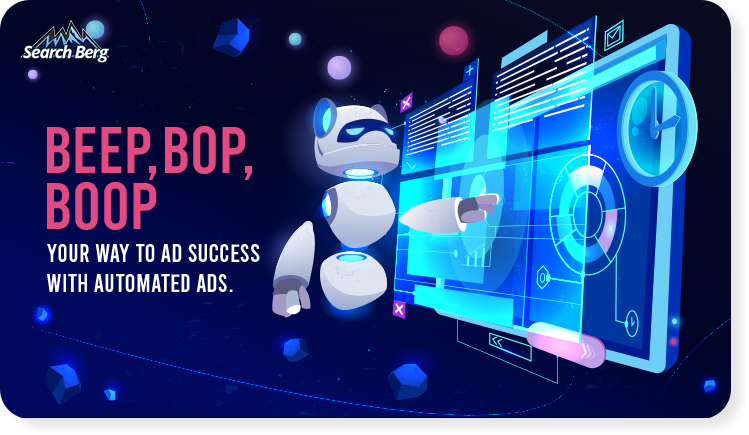
PPC is as fast-paced as it gets.
If we’re thinking of movies, it’s not a slow burn; it’s an action thriller starring Liam Neeson.
If you kick things off manually, sure, you’ll get somewhere.
But the results won’t be as concrete as you want them to be.
Automation is a game changer in the PPC industry.
Combining artificial intelligence (AI) and machine learning (ML), you can automate arduous tasks and squeeze even more juice out of your PPC campaign.
Google Ads has officially released automated testing and optimization.
The whip-smart algorithm analyzes statistical data and gets rid of poorly-performing ads.
At the same time, the top performers are heavily promoted.
The system can also create ads.
How?
It’s simple. It scans campaign data and combines all the best aspects of your ads. Cleverly enough, the copy, CTAs, and keywords are changed.
Everything is taken care of for you.
As AI understands your target audience better, it can create targeted ads guaranteed to perform well.
Eerie, yes, but thoroughly fascinating. We’re sitting on a goldmine with this one.
With the help of AI, advertisers can also create excellent reports.
You can utilize predictive diagnostics to earn more traffic, predict click-through rates (CTRs) for upcoming ads, and calculate hyper-specific conversion rates.
The sky is your limit, no exaggeration.
Of course, we must be careful with AI. But when leveraged correctly, it’s a game changer for advertisers.
2. Voice Search
Let’s take a look at some stats real quick.
- 40% of American web users use voice search
- 71% of American web users prefer speaking out search queries instead of typing them
- As of 2021, approximately one-third of all American consumers own at least one smart speaker
If your PPC campaign isn’t focused on voice search, you’re doing it all wrong.
Where do you start?
When it comes to optimizing your PPC campaign for voice search, you must understand what your audience wants.
Nope, not what they’re typing, but what they’re vocalizing.
Do these sound familiar?
- Hey, Siri
- Ok, Google
- Alexa
- How do I…
- Where do I…
- Where is…
- Why is…
- When is…
- How is…
- Who is…
Right?
These are some commonly used voice commands.
Incorporate them into your ads!
Voice searches are also generally more conversational. It’s easier to speak a bit more than to type a bit longer.
You can also use Answer the Public to determine what people are asking about.
Here’s how it works. Simply enter your search query:

Hit enter, and you’ll find clusters of relevant search results:

Cool, right?
Use these results as ammo when working on your next PPC campaign.
You can also optimize your ongoing campaign.
As voice-driven shopping takes over, voice-friendly ads are becoming the next big thing.
As a web user asks their phone, smartwatch, or speaker for the best coffee spots in Los Angeles, your ad should show up in the search results (if you sell coffee in LA, that is).
This is a great way to reach and convert more people.
With PPC added to the mix, you’re not just paying for impressions. You’re paying each time a voice search results in a click.
Now it’s up to you to turn that click into a conversion with quality products/services, visually compelling web design, witty CTAs, great offers, and so on.
But half the job has been done for you!
3. Tell a Story with Video Ads
If you want your ads to convert, you have to think outside the box.
Yes, you’ve heard this a million times at marketing conferences.
But come to think of it, this little adage holds a lot of weight.
Today, the advertising industry is cut-throat.
If your campaign isn’t top-notch, it’ll drown in the fierce competition.
Thinking outside the box isn’t an option. It’s the only way to make it in the big leagues.
And the top brands have proven this time and again.
Taco Bell’s Web of Fries video ad was a roaring success.
Apple also won audiences over with its perspective-centric ad.
And who can forget Western Union’s exciting, fun, and dynamic video ad about how to send money app to cash?
What makes these ads successful?
For starters, these advertisers were aware of the sheer power of video ads.
Here’s a refresher.
- 4 million American web users actively watch digital videos
- Video content is the most-liked content on social media
- 88% of video marketers are more than happy with their ROI on video advertising
Video advertising is a gold mine waiting to be fully leveraged.
When we look at PPC trends, Google’s vertical video ads are quickly dominating the landscape.
Additionally, product/service linking is a simple yet powerful habit that can help you maximize conversions.
Advertisers are also increasingly investing in virtual reality (VR) ads to provide realistic, immersive, interactive experiences to web users (we’ll discuss this in just a bit).
If you want to succeed with video ads, tell a story.
Your ad should be engaging, exciting, and attention-grabbing.
Of course, this isn’t a one-size-fits-all type of situation. Your industry, target audience, location, and campaign agenda will determine the tone and delivery of the ad.
Whether it’s sentimental, chirpy, or futuristic, your ad should resonate with your audience and have an impact.
Launch a PPC advertising campaign with conversion-focused video ads and let the magic happen.
4. Explore Alternate PPC Platforms
Google is a force to be reckoned with. No qualms about it.
But it’s not your only option.
When it comes to PPC success, diversification is important.
You cannot put all your eggs in one basket and expect to outdo your competitors.
In 2022, advertisers are launching more and more side campaigns.
This doesn’t mean that they’re neglecting Google. Instead, they’re exploring more niche avenues alongside Google.
Start with Facebook and eventually branch out to Instagram, Twitter, YouTube, LinkedIn, Quora, Pinterest, Amazon, eBay, Yelp, and Bing.
Each of these platforms has millions of active monthly users.
As you start targeting web users who are more active on other platforms, you’ll watch the conversions come rolling in.
Think of Google as the main booth at a festival. While other booths don’t have as much reach, they have more specific reach.
Niche audiences flock to their beloved platform of choice, whether Twitter or Amazon.
You can’t target these web users through Google.
The more you diversify your PPC advertising campaign (while keeping your Google advertising efforts on track), the better the results.
Avoid getting carried away and skimping on Google. That’s your primary focus!
5. Ad Gamification
Perhaps the most fun PPC advertising trend ever, ad gamification is quickly taking over.
It’s exactly what it sounds like: adding gaming elements to non-gaming activities.
Sounds odd? We’ll break it down.
Let’s talk about the gaming industry real quick.
In 2020, it amassed a whopping $155 billion in revenue. And by the end of 2025, this number is expected to reach $260 billion.
Gaming, by design, is exciting.
It’s an excellent distraction.
As humans, we naturally crave new, exciting, unique, and fun experiences, adventures, and excursions. If these aren’t within reach in reality, we like the idea of achieving them virtually.
Advertisers can turn casual customers into loyal fans using the same thought process when creating ad campaigns.
The Nike Run Club is a brilliant example.
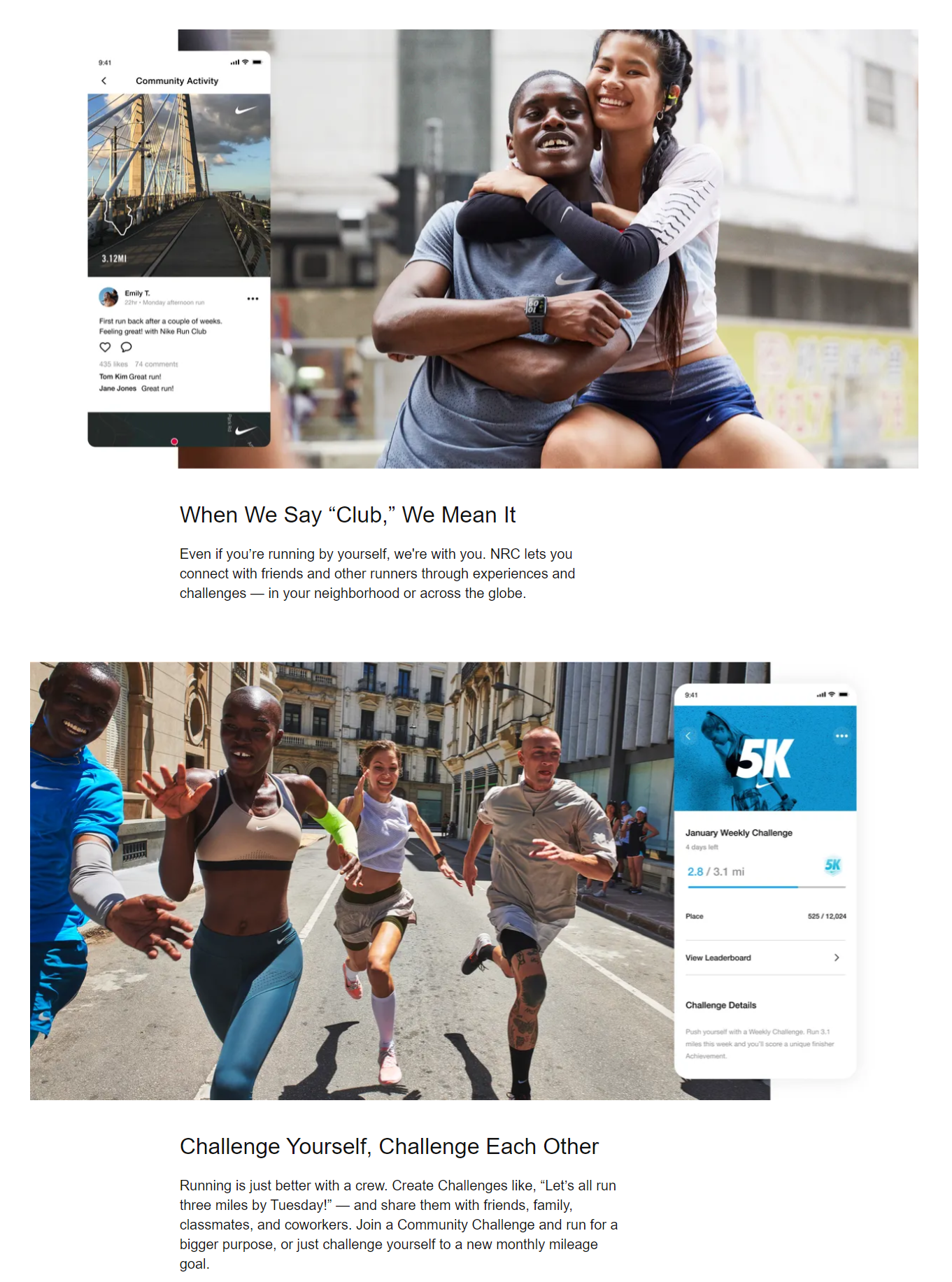
The app allows web users to join an online community where everyone tracks their progress.
It’s very game-like.
Athletes earn badges and trophies, celebrate each other’s wins, show support, motivate each other, and participate in customized competitions.
It’s like you’re creating a new world within the web user’s everyday experience.
Sure, they’re trying to get fit. But now they’re trying to get fit with other people, establishing connections, and vying for the top spots.
When done right, ad gamification will help you build a community of web users who exclusively shop from you.
As people develop connections within a bubble-your brand’s bubble-their shopping habits will revolve around that.
6. Smart Segmentation
As one of Google’s best advertising releases, smart segmentation is a winner any way you look at it.
As the video explains, smart segmentation uses machine learning (ML) to split your audience into two categories:
- Predicted Non-Purchasers (PNPs): Web users who are unlikely to make in-app purchases
- Predicted Purchasers (PPs): Web users who are likely to make in-app purchases
Ads are only displayed to non-purchasers to prompt sales. They’re not displayed to purchasers, who enjoy an ad-free experience.
Smart segmentation helps advertisers monetize app users who would not have purchased from the app otherwise.
When we talk about segmentation in a broader sense, there are even more lessons to be learned.
Google is doing a terrific job with smart segmentation. However, you can take the reins yourself when creating ads.
Instead of building generic ads for the bulk of your target audience, create specific ads for different segments of your audience.
Hyper-specific PPC ads perform much, much better than their counterparts.
Let’s say you run an online grocery store.
Now, you sell a variety of fruit and vegetables.
Sure, you could create a generic ad targeting your general audience. But if you’re smart about things, you’ll segment your audience based on their buying preferences.
The celery juice trend has taken over social media. By running a sale on celery and creating a targeted ad accordingly, you’ll reel in a big chunk of customers who subscribe to this ideology.
Segmentation is that easy.
To do it right, you must analyze user behavior.
Once you check off that box, use the data obtained to create clusters of your audience based on geography (country, state, city, town, language, climate, etc.), demographics (age, gender, education, income, family, social status, occupation, etc.), behavior (intent, usage, purpose of purchase, engagement, etc.), and psychographics (lifestyle, personality, values, attitude, etc.).
The more specific your ads get, the more excited your audience will feel.
Think about it.
If you’re a student who absolutely adores the classic McFlurry, wouldn’t something like this instantly make your day better?
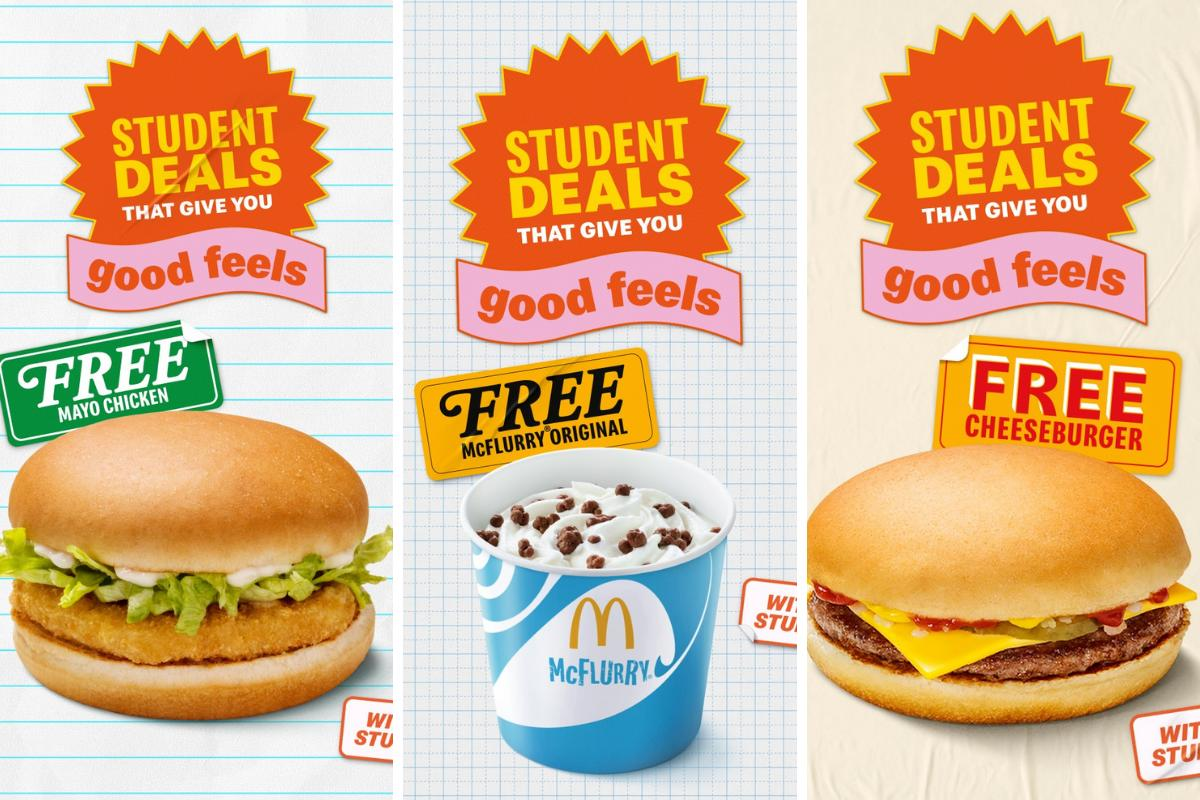
This is the power of segmented ads. They target niche audiences and bag impressive conversions!
You can get more and more specific with each audience subset you’re working with. Stop when there’s still a considerable number of web users who fall into the category.
7. First-Party Data
First-party data, as the name suggests, is data directly collected from your audience. Companies do this through their own channels.
Third-party data, on the other hand, is data collected by another entity that doesn’t have a direct relationship with your customers.
As the focus on data protection and privacy increases, brands are hyper-focused on gathering data directly from their customers instead of going about it in a roundabout manner that could jeopardize important client relationships.
If you want to make big PPC changes in 2022, start with this.
Protect your audience by exclusively collecting first-party data.
While the goal of advertising is ultimately growing your business and collecting more revenue, you cannot achieve this at the cost of customer privacy.
Understand how to protect personal customer data and use it ethically across your company.
This little measure will go a long way in helping you enjoy a strong relationship with your audience. You’ll also improve your brand identity and avoid a lawsuit in the near future.
8. It’s the Moment of Mobiles
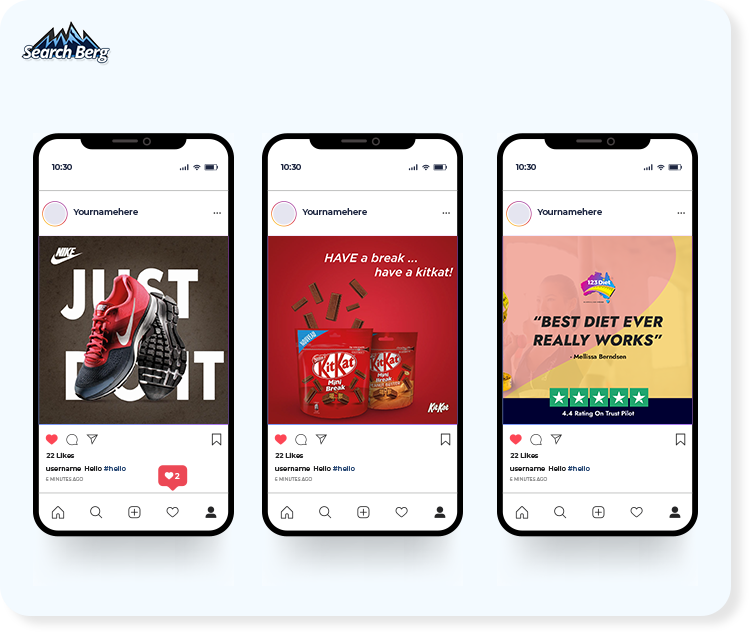
In 2022, you simply cannot launch an ad that isn’t mobile-friendly.
Not a chance.
If you dare to make this mistake, you’ll fail to reach a big, big chunk of your target audience.
70% of web traffic comes from mobile phones.
If you want to make bigger and better sales, mobile your way to the top!
For starters, make sure your ads are accessible across all mobile devices.
Even if the layout isn’t perfect, at least ensure that the entirety of your ad shows up on the screen.
Over time, perfect the display. Your ad should fit perfectly across all mobile devices, no exceptions.
That’s not all.
Keep PPC optimization strategies in mind as well!
Optimize your ads for mobile by trying different ad formats, using large fonts, including clear CTAs, improving ad placement, and A/B testing different ads.
Basic is boring.
Instead of using the same ol’ copy, designs, and catchphrases, wow your audience with unique, creative, and catchy ads that make a splash.
When your ads display beautifully across mobile devices, the conversions will come rolling in!
9. The Power of TikTok
Ah, TikTok.
The app that everyone loves to hate!
As an advertiser, you have to put your biases aside and recognize the sheer popularity of TikTok.
The mega platform has over 80 million monthly active users in the US.
Available in 141 countries, TikTok currently sits on the top 10 list in 124 countries.
If your target audience comprises teens and young adults, TikTok is an indispensable tool for you.
In fact, TikTok will come in handy even if you’re targeting adults!
While more popular among Gen Z, TikTok is still a roaring success among millennials and even some baby boomers.
Sounds like the app is here to stay. Its popularity certainly won’t fade anytime soon, and it’s about time advertisers confront the truth.
As you expand your PPC campaign, ensure you master the art of creating short-form content.
TikTok is all about keeping things concise and fun.
Find a way to convert your audience in a short, snappy, and witty manner.
Head over to TikTok for Business and set up your campaign!
10. Smart Bidding
Automated bidding uses machine learning to optimize ads. Smart bidding is a subset of automated bidding that takes things to a whole different level.
Simply put, it takes the guesswork out of the bidding process.
You don’t have to decide how much you should pay each time a web user clicks on your ad. Instead, a set of automated bid strategies use machine learning to figure this out for you.
The figures are within your budget.
Smart bidding takes the legwork out of PPC campaign expenditure management.
11. Set Up a Date Between PPC and SEO
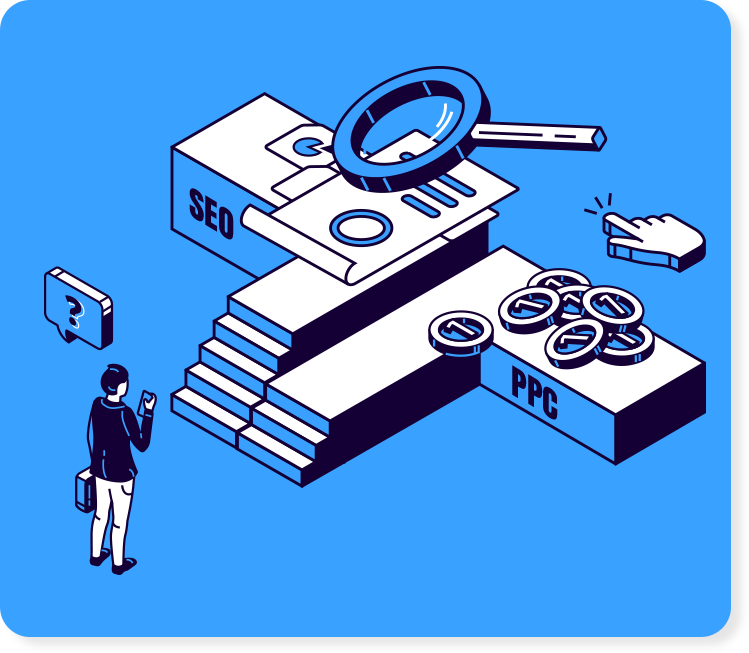
Never make the mistake of kick-starting a PPC campaign without considering the importance of SEO.
PPC and SEO always go hand-in-hand.
Your PPC advertising campaign should also include PPC optimization strategies.
For starters, update your keywords on a weekly basis.
Once you clean up your keywords act, give your website some TLC.
Is your site secure and accessible? Does it load quickly? Is it responsive?
As web users land on your ads, they shouldn’t click off because of technical or design issues. If there are any, get them out of the way.
Create local landing pages to generate high-quality local traffic. Local ads perform brilliantly across just about any industry.
When you target your local audience using the right keywords and baits, you’ll pop open a cluster of new conversions.
We also suggest using ad extensions with your paid ads. You’ll receive a ton of valuable insights about audience activity. Use this to improve your ad campaigns and invest in the right advertising goals.
The better you optimize your campaigns and ads, the greater the conversions.
You’re sitting on a goldmine with PPC. As you introduce SEO to the equation, you’ll be able to leave with buckets full of gold.
12. Virtual Reality (VR) Ads
As VR trends take over, VR ads have also entered the picture.
And boy, are we glad this happened.
VR opens up a plethora of opportunities for advertisers.
There’s ample room to be creative and win over your audience.
Make sure you don’t skimp on this!
Kick things off with eye-tracking technology.
VR ads automatically begin when a web user looks at them for a few seconds. This streamlines the overall user experience.
You’ll also gain insight into which parts of the screen web users are looking at and interacting with most. Use this data to rework your campaigns.
Oh, and don’t forget to make the most of 360-degree videos.
These brilliant videos help users interact with the products/services. They get a better grasp of what’s up for grabs.
It’s simply brilliant.
We’ve never had a technology this immersive and interactive before.
Make the most of it!
Recommended Read: 10 Ways Virtual Reality Will Impact the Future of Advertising
13. Clever Conversion Tracking
Excellent tracking is your ticket to great sales.
Sure, you’ve launched a brilliant ad campaign.
But is it doing as well as you think it is?
Kick things off with clever conversion tracking.
Created by Google Ads, this free tool helps you understand what happens after a web user interacts with your ads.
How many people purchased your products/services? How many sign-ups did you earn? Any phone calls? App installs? What about local action?
Stay on top of everything.
You can also use your own conversion tracking tools. As long as you know exactly how many people you converted and their unique habits, you can fine-tune your PPC advertising strategies accordingly.
14. Test, Test, Test… and Test Again!
No matter how brilliant your PPC advertising campaign may be, it won’t reach its potential if you leave testing out of the mix.
Once you’ve wrapped things up, assiduously test every component of your ad to determine how well it performs.
Today, the top advertisers test everything from the ad copy to the graphic design to the font to the color palette.
And no, that’s not overdoing it!
You simply cannot overdo things when it comes to testing.
The more meticulous and rigorous you are, the better.
Excellent testing habits will help you create powerful, successful ads that yield magic.
What’s My Next Move?
The ball is in your court… are you ready?
Here’s a quick refresher.
In this blog, we covered the top PPC advertising trends. We also walked you through some of the most powerful PPC optimization strategies that can help maximize conversions and reel in more revenue.
It’s time to utilize this knowledge and launch a kickass PPC ad campaign that achieves stellar results.
At Search Berg, we offer complete PPC management services for small businesses, startups, and even successful corporations.
Increase conversions, maximize return on ad spend, and keep the overall cost-per-click down.
We’re here to make it all happen!
Kick things off by scheduling a free consultation.
If you want more information, give us a call any time you please. We’re available 24/7.
Let’s begin!












